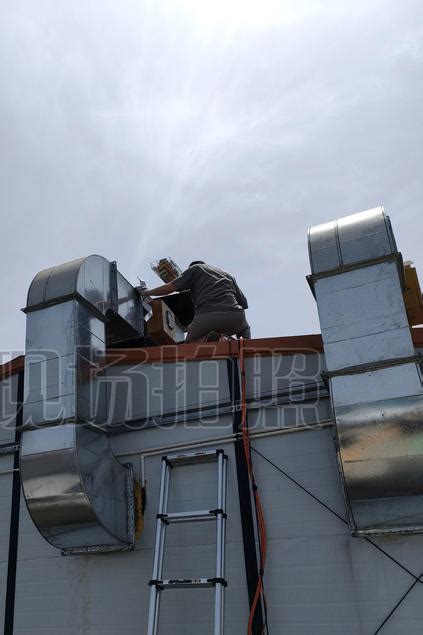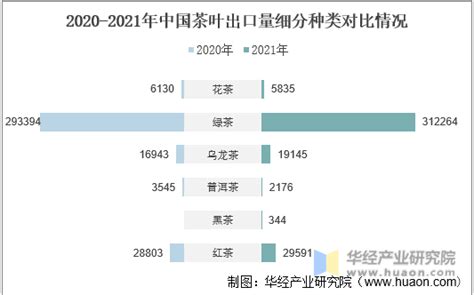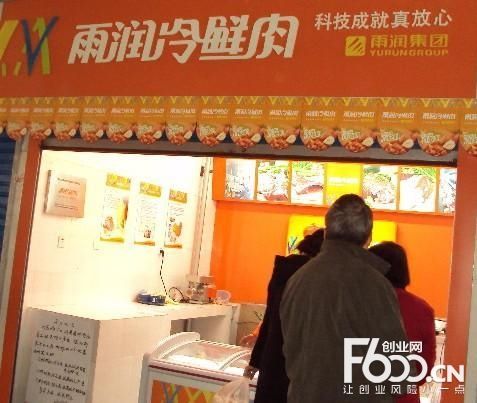餐饮业油烟监测
Title: Guide to Establishing a Monitoring Unit for Cooking Fume in Shaoxing's Catering Industry
Introduction
In response to the growing concern over air quality and public health, establishing a monitoring unit for cooking fumes in the catering industry of Shaoxing is paramount. This guide outlines the essential steps and considerations for setting up such a unit, ensuring compliance with regulations and promoting a healthier environment for residents and workers alike.
1. Understanding the Need
Cooking fumes, comprised of particulate matter and harmful gases, pose significant health risks when not properly controlled. In densely populated areas like Shaoxing, where the catering industry thrives, the accumulation of cooking fumes can exacerbate air pollution and lead to respiratory issues among the populace. Thus, there is a pressing need to monitor and mitigate these emissions effectively.
2. Regulatory Compliance
Before establishing a monitoring unit, it is crucial to familiarize oneself with relevant regulations and standards set forth by local authorities and environmental agencies. In Shaoxing, adherence to emission limits and pollutant concentration thresholds is mandated to safeguard public health and environmental quality.
3. Establishing the Monitoring Unit
3.1. Infrastructure Setup:
Identify a suitable location for the monitoring unit, preferably in close proximity to highdensity catering establishments.
Equip the unit with stateoftheart monitoring devices capable of measuring particulate matter, volatile organic compounds (VOCs), carbon monoxide (CO), and other relevant pollutants.
Ensure continuous power supply and internet connectivity for realtime data transmission and analysis.
3.2. Personnel Recruitment:
Hire qualified technicians and environmental specialists proficient in operating monitoring equipment and interpreting data.
Provide comprehensive training on safety protocols, data collection procedures, and regulatory compliance to all personnel.
4. Monitoring Protocols
4.1. Routine Inspections:
Conduct regular inspections of catering facilities to assess compliance with emission standards and identify potential sources of pollution.
Utilize portable monitoring devices to measure pollutant levels during cooking operations and peak hours.
4.2. Data Analysis:
Collect and analyze data obtained from monitoring devices to quantify pollutant concentrations and assess air quality trends over time.
Utilize statistical analysis and data visualization techniques to present findings in a comprehensible manner to stakeholders and regulatory authorities.
5. Reporting and Enforcement
5.1. Reporting Mechanisms:
Prepare detailed reports documenting monitoring results, including pollutant concentrations, compliance status, and corrective actions taken.
Establish communication channels with relevant government agencies and stakeholders to facilitate information sharing and transparency.
5.2. Enforcement Measures:
Implement penalties and corrective measures for catering establishments found in violation of emission standards, including fines, suspension of operations, and mandatory retrofitting of exhaust systems.
Collaborate with local authorities to enforce regulations effectively and ensure accountability within the catering industry.

6. Public Awareness and Engagement
6.1. Education Campaigns:
Launch public awareness campaigns to educate residents and business owners about the health risks associated with cooking fumes and the importance of emission control measures.
Distribute informational materials, organize workshops, and leverage social media platforms to disseminate relevant information and foster community engagement.
6.2. Stakeholder Collaboration:
Foster collaboration between government agencies, environmental organizations, catering associations, and community groups to develop sustainable solutions for mitigating cooking fumes and improving air quality.
Encourage participation in voluntary emission reduction programs and incentivize the adoption of ecofriendly cooking practices and technologies.
Conclusion
Establishing a monitoring unit for cooking fumes in Shaoxing's catering industry requires careful planning, coordination, and commitment from all stakeholders involved. By implementing robust monitoring protocols, enforcing regulatory compliance, and promoting public awareness, Shaoxing can mitigate the adverse effects of cooking fumes and create a healthier environment for its residents.
版权声明
本文仅代表作者观点,不代表百度立场。
本文系作者授权百度百家发表,未经许可,不得转载。












评论